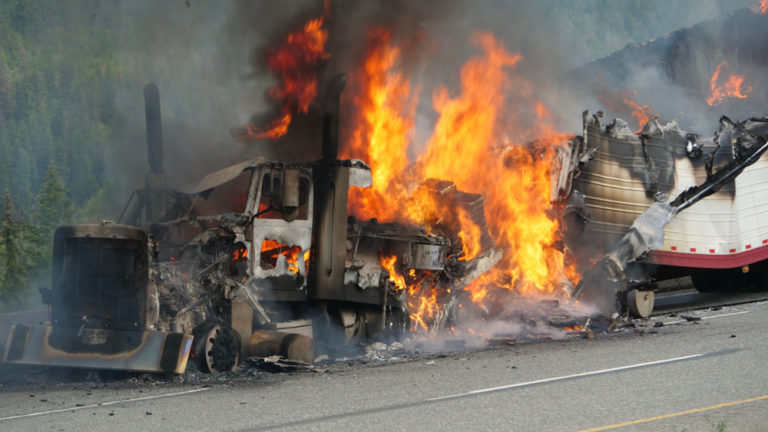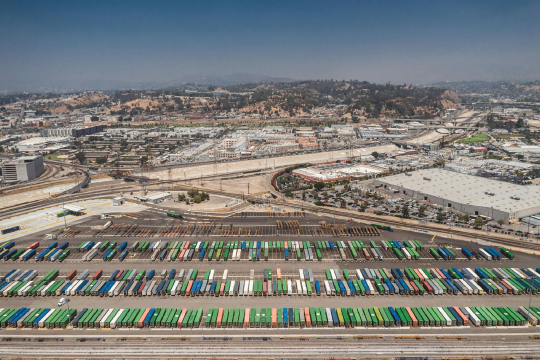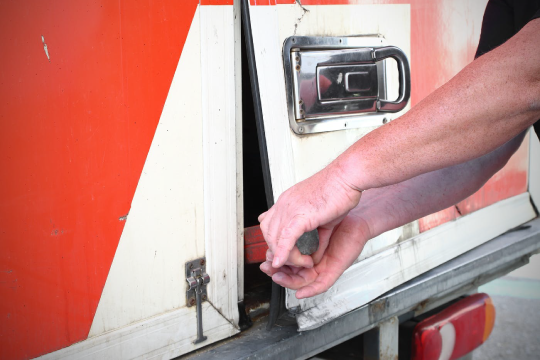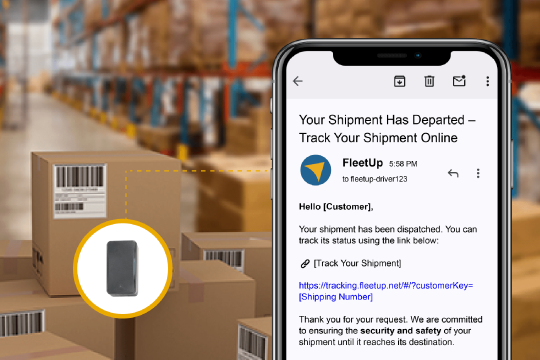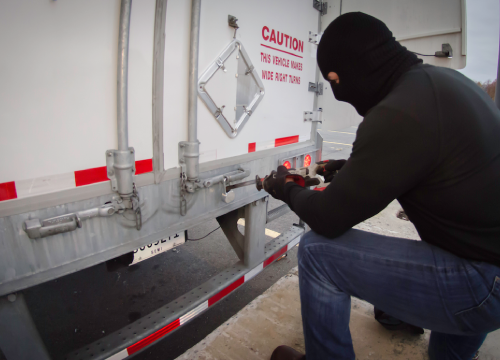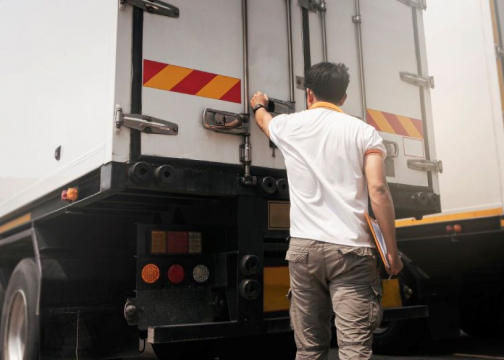What is a nuclear verdict, and how can your fleet avoid this disaster?
Nuclear Verdict: A jury award where the penalty exceeds $10 Million
Nuclear verdicts are weapons of mass destruction for your fleet. Just one nuclear verdict could tip your fleet into bankruptcy. And these incidents are on the rise. In April 2022, the US Chamber’s Institute called nuclear verdicts a “litigation vertex” for the trucking industry.
The upward trend in nuclear verdicts correlates with the upward trend in fatal trucking accidents. According to the National Safety Council, there was a 43% increase in deadly crashes involving large trucks between 2010 and 2019.
Preventing a nuclear verdict against means insulating your fleet from the two main risk factors:
- Lack of safety data
- Lack of safety technology
How to prevent a nuclear verdict #1: Track your safety data
When fleets have to deal with legal issues, many make the false assumption that no safety data = nothing that can be held against them in court. The opposite is true. No safety data = a lot that can be held against them in court. It’s called negligence and this legal principle is growing in frequency as fleet digitalization becomes the norm rather than the exception.
A court of law will expect your fleet to come equipped with a ton of data regarding the accident in question. Having no data will be a negative point of contention against your fleet in a court of law.
In practice, safety data looks like:
- Dashcam footage: This dashcam footage should not just be of the road – but of the cabin. Were the drivers distracted? Were they intoxicated? These are key questions a dual-facing dashcam can answer in a court of law.
- Fleet maintenance data: Many fleet accidents involve malfunctioning equipment, such as brakes or engines. A court of law will want to know – what was the status of your fleet’s equipment at the time of the accident? If your fleet can’t answer this question definitively – with fleet maintenance data – it leaves room for reasonable doubt that your fleet was negligent in causing the accident.
- Driver data: When traffic accidents go to court, your driver’s behavior will inevitably come into question. Can you provide the court with a record of your driver’s abilities? This does not just mean a record of accidents they’ve been involved in – but day-to-day signs of recklessness such as harsh braking, speeding, and distracted driving. If you can’t attest to that day-to-day with driver data, your fleet leaves itself open to reasonable doubt that will be held against you.
In practice, safety technology looks like:
- Driver safety assessments: If your fleet has reckless drivers, has it identified them? Does your fleet proactively monitor drivers or does it wait for disaster to strike? When your fleet has technology that senses harsh braking, speeding, and distracted driving – combined with a record of coaching drivers – it gives the court a reason to see your fleet as proactive and not negligent.
- AI safety coaching: When safety incidents happen in real time, how does your fleet respond? If your fleet has technology that actively identifies distracted driving, harsh braking, and rapid acceleration – and deploys coaching – it has a great chance of avoiding any nuclear verdict.
- Engine diagnostics: If something is wrong with your equipment, does your fleet know right away? Or does it wait for someone to report it? These questions often come into question with cases involving nuclear verdicts. If your fleet has safety technology that actively reports engine diagnostics up the management chain, you will have another barrier between your fleet and a nuclear verdict.
Preventing a nuclear verdict: safety data and technology
One nuclear verdict can take your entire fleet out.
The best armor your fleet can have in a court of law is data – dashcam footage, fleet maintenance data, and driver data. When this data doesn’t exist, it opens up the door to reasonable doubt that your fleet is negligent.
The best defense your fleet can have in a court of law is safety technology. This shows that your fleet has in place a set of processes that prevents reckless driving. Even if the data clearly shows your fleet caused an accident, the proper technological processes can show your fleet was proactive in trying to prevent it. And it will also be practically effective in stopping accidents before a nuclear event can even occur.
If your fleet has the two pillars of safety data and safety technology, it will be well equipped to prevent a nuclear verdict. And FleetUp offers these two pillars on an all-in-one platform.

